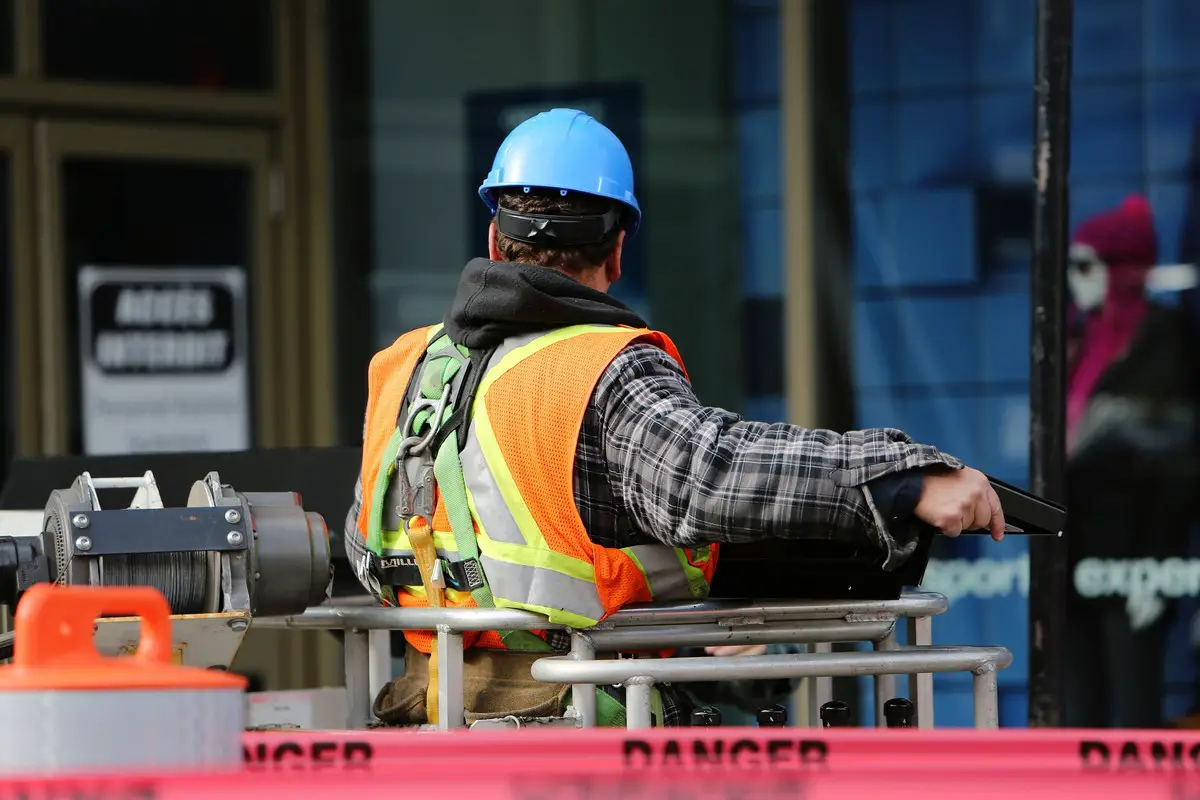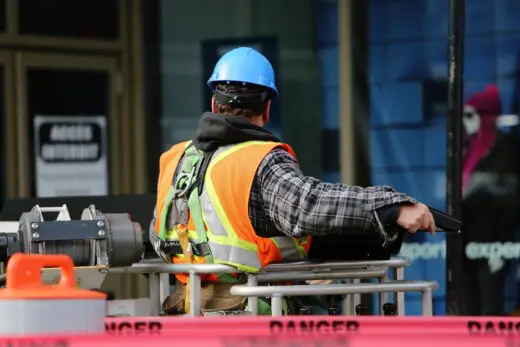Tips for architects and construction managers advice, Home conveyancing laws, Property building guide
Tips for Architects and Construction Managers Working Together
24 October 2022
There are projects that architects and construction managers need to work together on, but unfortunately, that collaboration does not always go as smoothly as it might. This could be because each person has different priorities in mind or because each is making an assumption about what the other is more focused on. Each person may have a different vision for the project. Whatever the reason, there are ways to make this collaboration more enjoyable and effective for both parties.
Understanding Strengths and Weaknesses
Both roles are critical in getting a good outcome on a project, but unfortunately, from a professional standpoint, each person may have a tendency to look at the other as more of a hindrance than a help. As the person who designed the project initially, the architect may feel particularly invested in the purity of the end result. They may see the construction manager as overly concerned with conveyancing laws, efficiency, and functionality as uninterested in their particular vision for the building. In turn, the construction manager may see the architect as impractical, inflexible and largely existing to make their job more difficult. Each individual should make an effort to see the other as a collaborative partner rather than an obstacle. It might even be helpful for them to have a conversation about their strengths, weaknesses and expectations to get these concerns out in the open.
Choose Helpful Tools
Construction fleet management software can be enormously useful in the project from start to finish in helping to deliver a project on time and on budget. This can increase transparency, offering insights thanks to real-time visibility and reducing ambiguity about how long the project will take and what it will cost. Both professionals can investigate whether there are other tools that can also help them better manage the project with clarity and precision.
Advance Planning
By working closely together from the start, especially with the rise of artificial intelligence on projects and remote work trends, it may be possible to avoid misunderstandings and assumptions. The construction project manager and the architect can begin working together before the first piece of ground is broken, and each can take the lead in the area where they have the most expertise.
The architect will have the most insight regarding the design and various related requirements. The construction manager will have an understanding of what kinds of challenges are likely to arise on the job site and can be in charge there. An effort to build mutual respect for the expertise that each person has will make the collaboration more successful.
Communication
Good communication is vital to success. There are a few components each individual should focus on. First, what type of communication does each person prefer? Ideally, it might turn out that both prefer phone calls, video meetings, or texts, but more likely, each person will need to compromise a bit. However, stating these preferences from the start can help prevent some frustration.
Communication should be frequent from the very beginning, and while the two do not have to work toward a goal of becoming good friends, they should find a way to work together effectively, respect one another as colleagues, and take constructive steps toward solving any problems that arise. And it’s important that both understand that problems and even job strikes are inevitable and are not an indication that one person has done something wrong. Issues and challenges should be raised as soon as they are spotted, and the focus should be not on identifying whose fault it is but on solving the problem. Both professionals should keep one another informed throughout the process about what is happening.
Work as a Team
There are more people involved in building than an architect and a construction manager and approaching the project from the start as a team collaboration between multiple professionals can eliminate a great deal of friction. It can also help people view one another as part of a cohesive unit from the very beginning.
With everyone on board early, risks can be identified and contingency plans put into place to avoid or deal with them if they arise. Working as a team, it becomes easier to avoid late-stage changes that are costly in time and money. The likelihood of contract disputes may be reduced. There may also be favorable long-term benefits, such as establishing ongoing professional relationships.
Comments on this guide to Tips for architects and construction managers article are welcome.
Architecture
Comments / photos for the Tips for architects and construction managers guide page welcome





